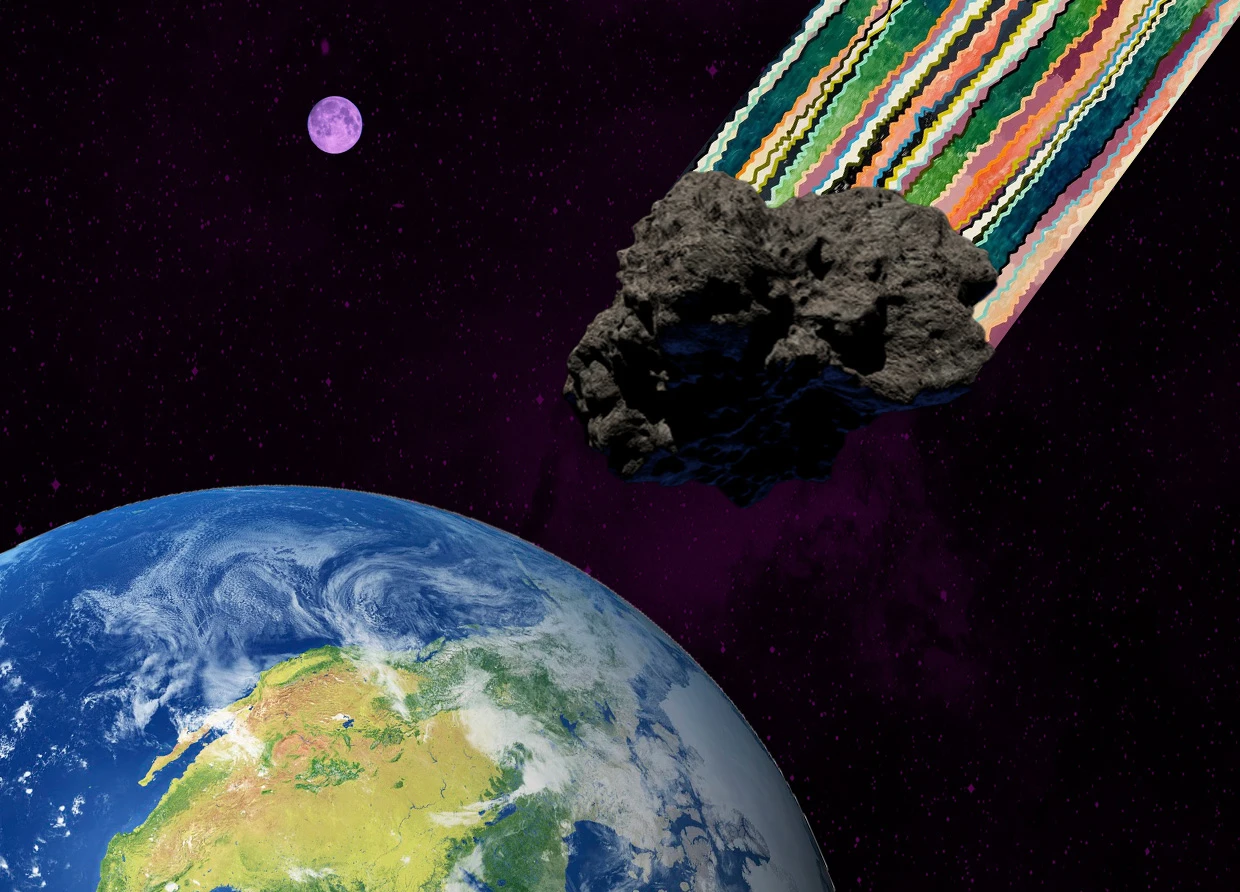SPACE MINING: WILL WE WITNESS THE NEW GOLD RUSH?
The movie "Don't Look Up" has sparked people's interest in asteroid mining, but is it something that we will see in the near future?

Have you watched the movie "Don't Look Up", starring Leonardo DiCaprio and Jeniffer Lawrence? The idea of mining a celestial body that appeared in the film sounds so "out there" — but is it really pure sci-fi, or is it something that's actually coming in the near future?
Before addressing the question, it's best to recall what happened in the movie first. Below is a short recap for those who do not remember its story.
Spoiler alert (duh)
View this post on Instagram
In the satirical science fiction movie that is "based on truly possible events", Michigan State University astronomy Ph.D. candidate Kate Dibiasky (played by Lawrence) discovers a comet inside Jupiter's orbit. Her professor, Dr. Randall Mindy (DiCaprio), calculates that the comet will hit Earth in six months and ten days and cause a global extinction event.
Long story short, their warning was denied any appropriate attention by the general public and the president of the U.S. despite scientists at NASA internally confirming the danger. Instead of following the scientists' directions to divert the nine-kilometer wide asteroid from its course of bringing another Cretaceous-level extinction event to Earth, the POTUS instead chose to follow billionaire tech company CEO Peter Isherwell's plans to mine the asteroid.
It is discovered that the asteroid (falsely referred to as a comet in the movie) contains trillions of dollars worth of rare-earth elements, which the White House agrees to commercially exploit the comet by fragmenting and recovering it from the ocean using new technology proposed by one of Isherwell's scientist underlings despite the scheme has not undergone scholarly peer review. The plan hilariously fails, and everyone dies (kind of). The end.
Asteroid mining in real life
View this post on Instagram
Despite its sci-fi sounding impression, mining astronomical objects, including asteroid mining, has long been considered a possibility in the distant future by Earth's scientists. Metals and minerals are mined from the Earth's crust — but some of them, including gold, cobalt, iron, manganese, molybdenum, nickel, osmium, palladium, platinum, rhenium, rhodium, ruthenium and tungsten, are starting to dwindle as we continue to exploit them.
Then the idea to look for the materials elsewhere came into being when our scientists realized that asteroids and Earth accreted from the same starting materials. While Earth's relatively stronger gravity pulled all heavy iron-loving elements into its core when it was a giant molten ball, asteroids don't. Additionally, asteroids are significantly smaller than a planet, making them, in theory, easier to harvest. An estimate made by Asteroid trackers Asterank shows that the value of the most valuable asteroids is over $100 trillion.
Extinct comets (in case you still don't know the difference between an asteroid and a comet, the former is made up of metals and rocky material while the latter is made up of ice, dust, and rocky material; one contains metal, the other has water) can also be harvested to provide water to support our plans in expanding and spread our footprint beyond the solar system, but we are not going to talk about this for now. Our focus today is mining asteroids to harvest precious metals.
There are four most popular proposed plans to mine an asteroid. These include in-space manufacturing, meaning that we bring the finished products to Earth, bringing raw asteroidal material to Earth for use, processing it on-site but not manufacturing the final products, and bringing back only processed materials, and transporting the asteroid to a safe orbit around the moon or Earth or to the ISS to allow maximum exploitation.
So, what seems to be hindering our greed from extracting materials from heavenly bodies? The answer lies in money. A journey out of Earth's atmosphere is expensive, let alone sending robots (What? Did you think we would mine it manually with our hands?) tens of thousands of kilometers away to mine a promising asteroid or bring it closer. The quality materials and the cost, as well as the mass of equipment required to extract the metals and minerals, are also currently unknown and can only be estimated at best.
There are also studies that suggest the cost of returning asteroidal materials to Earth far outweighs their market value, making asteroid mining unattractive for private investment at current commodity prices relative to space transportation costs.
So, despite its mouthwatering potential, space mining is likely not something we will witness in our lifetime.
#THE S MEDIA #Media Milenial #Asteroid mining #Resource scarcity #Overmining #Don't Look Up #Jeniffer Lawrence #Leonardo DiCaprio #NASA #Space #Asteroid #Comet #Comet mining



























